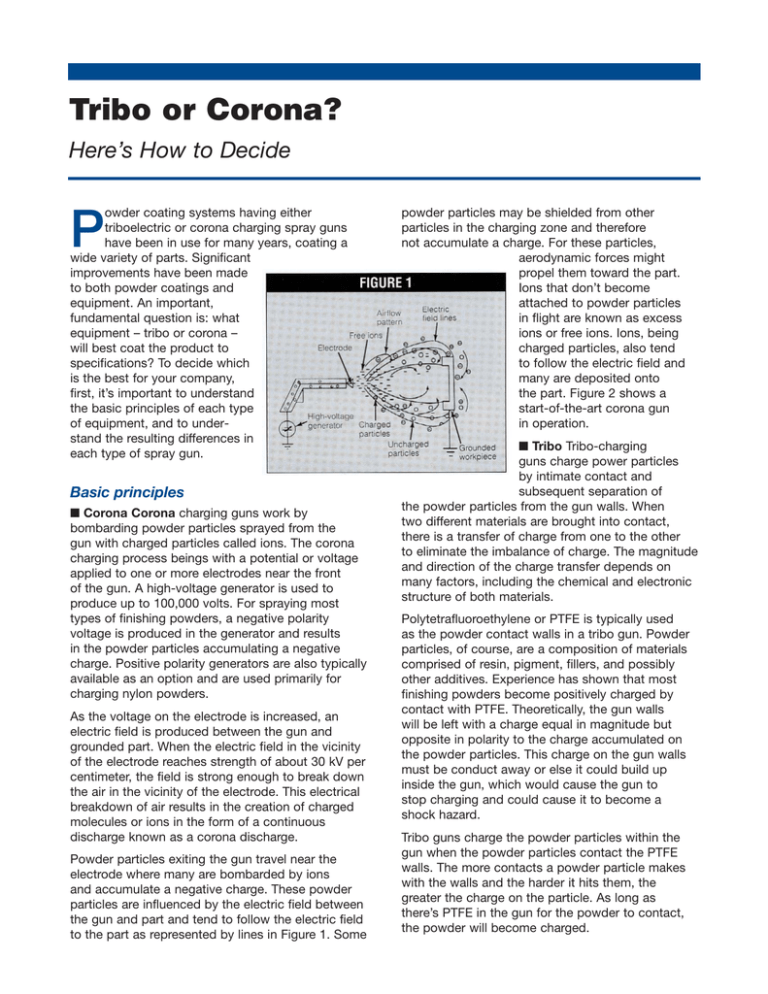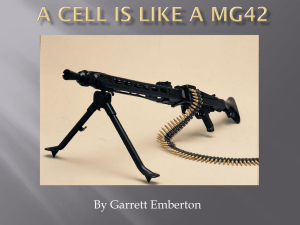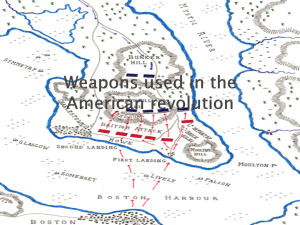
Tribo or Corona?
Here’s How to Decide
owder coating systems having either
triboelectric or corona charging spray guns
have been in use for many years, coating a
wide variety of parts. Significant
improvements have been made
to both powder coatings and
equipment. An important,
fundamental question is: what
equipment – tribo or corona –
will best coat the product to
specifications? To decide which
is the best for your company,
first, it’s important to understand
the basic principles of each type
of equipment, and to understand the resulting differences in
each type of spray gun.
P
Basic principles
■ Corona Corona charging guns work by
bombarding powder particles sprayed from the
gun with charged particles called ions. The corona
charging process beings with a potential or voltage
applied to one or more electrodes near the front
of the gun. A high-voltage generator is used to
produce up to 100,000 volts. For spraying most
types of finishing powders, a negative polarity
voltage is produced in the generator and results
in the powder particles accumulating a negative
charge. Positive polarity generators are also typically
available as an option and are used primarily for
charging nylon powders.
As the voltage on the electrode is increased, an
electric field is produced between the gun and
grounded part. When the electric field in the vicinity
of the electrode reaches strength of about 30 kV per
centimeter, the field is strong enough to break down
the air in the vicinity of the electrode. This electrical
breakdown of air results in the creation of charged
molecules or ions in the form of a continuous
discharge known as a corona discharge.
Powder particles exiting the gun travel near the
electrode where many are bombarded by ions
and accumulate a negative charge. These powder
particles are influenced by the electric field between
the gun and part and tend to follow the electric field
to the part as represented by lines in Figure 1. Some
powder particles may be shielded from other
particles in the charging zone and therefore
not accumulate a charge. For these particles,
aerodynamic forces might
propel them toward the part.
Ions that don’t become
attached to powder particles
in flight are known as excess
ions or free ions. Ions, being
charged particles, also tend
to follow the electric field and
many are deposited onto
the part. Figure 2 shows a
start-of-the-art corona gun
in operation.
■ Tribo Tribo-charging
guns charge power particles
by intimate contact and
subsequent separation of
the powder particles from the gun walls. When
two different materials are brought into contact,
there is a transfer of charge from one to the other
to eliminate the imbalance of charge. The magnitude
and direction of the charge transfer depends on
many factors, including the chemical and electronic
structure of both materials.
Polytetrafluoroethylene or PTFE is typically used
as the powder contact walls in a tribo gun. Powder
particles, of course, are a composition of materials
comprised of resin, pigment, fillers, and possibly
other additives. Experience has shown that most
finishing powders become positively charged by
contact with PTFE. Theoretically, the gun walls
will be left with a charge equal in magnitude but
opposite in polarity to the charge accumulated on
the powder particles. This charge on the gun walls
must be conduct away or else it could build up
inside the gun, which would cause the gun to
stop charging and could cause it to become a
shock hazard.
Tribo guns charge the powder particles within the
gun when the powder particles contact the PTFE
walls. The more contacts a powder particle makes
with the walls and the harder it hits them, the
greater the charge on the particle. As long as
there’s PTFE in the gun for the powder to contact,
the powder will become charged.
Spray trials performed as close as
possible to the actual production
conditions are necessary to verify
the coatability of non-metallic
parts. Tribo guns may also be
better for recoating parts
compared to a corona gun
because of the slow build-up
of charge on the part.
Note in Figure 3 that the tribo
gun does not have an electrode
at high potential nor the
resulting electric field between
the gun and part, as does a
corona gun. Therefore, airflow
from the gun plays a more
significant role with eh tribo
gun transporting the powder
particles onto the part. Figure 4
shows a tribo gun in operation.
Selection Criteria
■ Part Geometry Tribo-charging guns can
effectively coat the widest variety of parts. Because
a tribo gun doesn’t have a strong electric field
between the gun and part as a corona gun may
have, powder sprayed from a tribo gun can easily
penetrate into Faraday cage areas on parts.
Because of the wide variety of sprayhead and
nozzle combinations, a tribo gun can produce
excellent control of the quantity of powder spray
and its direction and velocity. As a result of this
control, many parts can be coated automatically
without any manual gun touch-up. Excellent parts
for coating with tribo guns include condensers,
transformers, bicycle or motorcycle frames, wire
baskets, folding chairs and others.
■ Part Material A tribo-charging gun can coat
some parts that are not highly electrically conductive
without the prior application of a conductive coating.
This is primarily because a tribo gun does not
deposit a large quantity of free ions on a part as
a corona gun might. The parts still need to be
electrically grounded, but the surface conductivity
of the part material or the powder coating may be
large enough for effective grounding.
■ Coating Appearance The
appearance of the powder coating
on a part can be affected by the
bombardment and deposition of
the free ions from a corona gun.
Because there are comparatively
few free ions produced by a tribo
gun, the resulting coating can be
particularly smooth and blemishfree. A good application for tribo
guns is putting a powder clear
coat onto automobile wheels.
■ Coating Thickness Corona
guns are particularly good at
applying thin films onto parts;
however, as coating thickness
increases, charge cha build up on
a part from both charged powder
and free ions. This charge can
repel incoming powder particles
and limit the coating thickness.
Tribo guns, however, producing
few free ions, can be an excellent
choice for applying thick films.
A film build of several hundred
microns on an unheated part in a single pass is
possible with a tribo gun.
■ Coating Uniformity The strong electric field
from the high voltage electrode on a corona gun
can cause powder particles to concentrate on part
surfaces closest to the gun and on corners and
edges. A tribo gun’s comparatively weak electric
field does not cause these variations in coating
thickness. Furthermore, coating uniformity might
be better optimized with a tribo gun through the
selection of the best sprayhead/nozzle combination
for coating a particular part.
■ Coating Composition In general, corona
charging is considered to be insensitive to the
composition of powder coatings, whereas tribo
charging is dependent on the composition of the
surface of the powder particles. The technology
for manufacturing powders that will work well in a
tribo system has improved greatly in the last several
years. Most powder manufacturers today formulate
powders specifically for tribo application. Before
finalizing your selection of a tribo system, spraying
trials are high recommended.
■ Color Change The wetted
surface (the area contacted by
the powder) may be greater in a
tribo gun compared to a corona
gun. Therefore, color change may
take longer with a tribo gun
because of the larger surface
requiring cleaning. How easily a
gun can be disassembled is also
an important factor in color
change time.
The abrasiveness of the powder can also be an
important consideration. Charge accumulates on
a powder particle as a result of its contact with
the walls in the tribo gun. Harder contacts at
higher velocity can result in better charging, but it
can also result in higher wear rates on the powder
contact parts. Frit (powdered porcelain enamel) is
never sprayed with a tribo gun. Metallics are usually
sprayed with a corona gun; however, some are
also sprayed well with a tribo gun.
■ Line Speed In the past, one of the disadvantages
of tribo guns was the relatively low powder output
compared to corona guns. This limited tribo guns in
some cases to small parts applications and low line
speeds. This limitation no longer exists. Today, tribo
guns have the same powder flow rate capability as
corona guns.
© 2008 Nordson Corporation • All Rights Reserved
■ Equipment Construction From
a manufacturing standpoint, tribo
equipment can be considered more
robust and can be more reliable
than corona equipment. Tribo
equipment is simpler because
it doesn’t have a high voltage
powder supply or cable, so fewer
things can go wrong.
■ Spraying Process Monitor
The current generated in a tribo gun is typically
displayed on the control console and can help an
operator monitor the performance of the equipment
and spray process. The current generated is
proportional to the powder flow rate. Therefore, a
reduction in the current can indicate a reduction in
the powder flow rate, and an operator can be notified
of this condition to find and correct the immediately.
Conclusion
Clearly, the decision between tribo and corona
equipment is not always an easy one. Only by
considering the parts to be coated and the coating
specifications, understanding the differences
between the equipment, and considering the
necessary technical criteria can the best system
be selected.
PWR-08-0688



